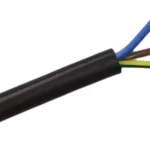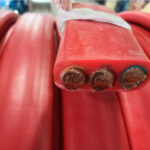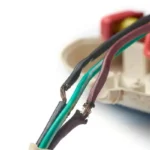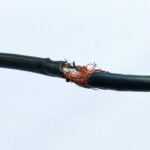When working outdoors—whether in your garden, on a construction site, or during a holiday lighting setup—a reliable outdoor extension cord is essential. But not all extension cords are created equal. In this guide, we’ll explain what an outdoor extension cord is, how it's different from indoor types, and what to consider when choosing the best one for your needs.
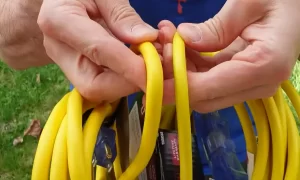
reliable outdoor extension cord
What Is an Outdoor Extension Cord?
An outdoor extension cord is a power cable specifically designed for outdoor use. It connects electrical equipment to a power source in environments where moisture, temperature changes, and physical wear can be concerns.
Unlike standard indoor cords, outdoor cords are built with durable insulation, often made from heavy-duty rubber or vinyl, to resist sunlight, moisture, and abrasion.
Indoor vs. Outdoor Extension Cords: What’s the Difference?
| Feature | Indoor Cord | Outdoor Cord |
|---|---|---|
| Insulation | Thin, lightweight | Thick, weather-resistant |
| Water resistance | Low | High (some are fully waterproof) |
| Usage environment | Dry, climate-controlled | Wet, cold, hot, rough surfaces |
| Plug type | Standard | Often grounded (3-prong) |
Outdoor cords are generally labeled “W” or “W-A” to indicate weather resistance. Always check for this before using a cord outside.
What to Look for When Choosing the Best Outdoor Extension Cord
1. Length and Gauge
Longer cords require lower gauge numbers to prevent voltage drop.
For example:
14 AWG: suitable for light outdoor use (up to 50 ft)
12 AWG: good for medium-duty tools (up to 100 ft)
10 AWG: heavy-duty, ideal for long distances or high-wattage tools
2. Weatherproof Rating
Look for cords labeled:
SJTW – General use, weather-resistant
SJEOOW – Oil and water resistant, highly flexible
Outdoor Rated or ETL/UL Listed for outdoor use
3. Grounded Plug (3-Prong)
A grounded extension cord is safer and required for most power tools.
4. Lighted Plug
Some models have a built-in light to show when the cord is powered—helpful at night or in wet conditions.
5. Color and Visibility
High-visibility cords (orange, yellow, green) are easier to see outdoors, preventing tripping and damage.
Common Uses for Outdoor Extension Cords
Holiday lighting (especially waterproof types)
Garden tools (lawn mowers, trimmers, blowers)
Outdoor events and parties
Construction sites
Camping or RV power access
FAQs
Q: Can I use an indoor extension cord outside temporarily?
A: It’s not recommended. Even for short use, indoor cords aren’t rated for weather exposure and can pose shock or fire risks.
Q: Are all waterproof cords suitable for snow or rain?
A: Only cords labeled for wet locations (W-rated) or with IP waterproof ratings are safe in snow or rain.
Q: What’s the best outdoor extension cord?
A: It depends on your use case. For general outdoor use, a 12 AWG SJTW 100 ft cord with a lighted plug is a versatile and safe choice.
Conclusion
Choosing the right outdoor extension cord ensures safety, durability, and reliable power delivery. Look for weather resistance, the right wire gauge, and certified outdoor ratings when making your purchase.
Need high-quality outdoor extension cords at competitive prices? Contact TOT Wire & Cable for bulk orders or expert recommendations.

